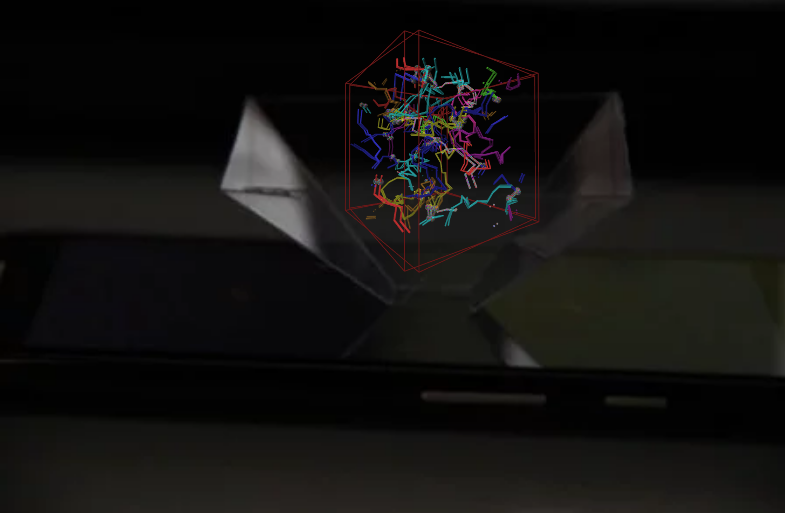physics:science@school
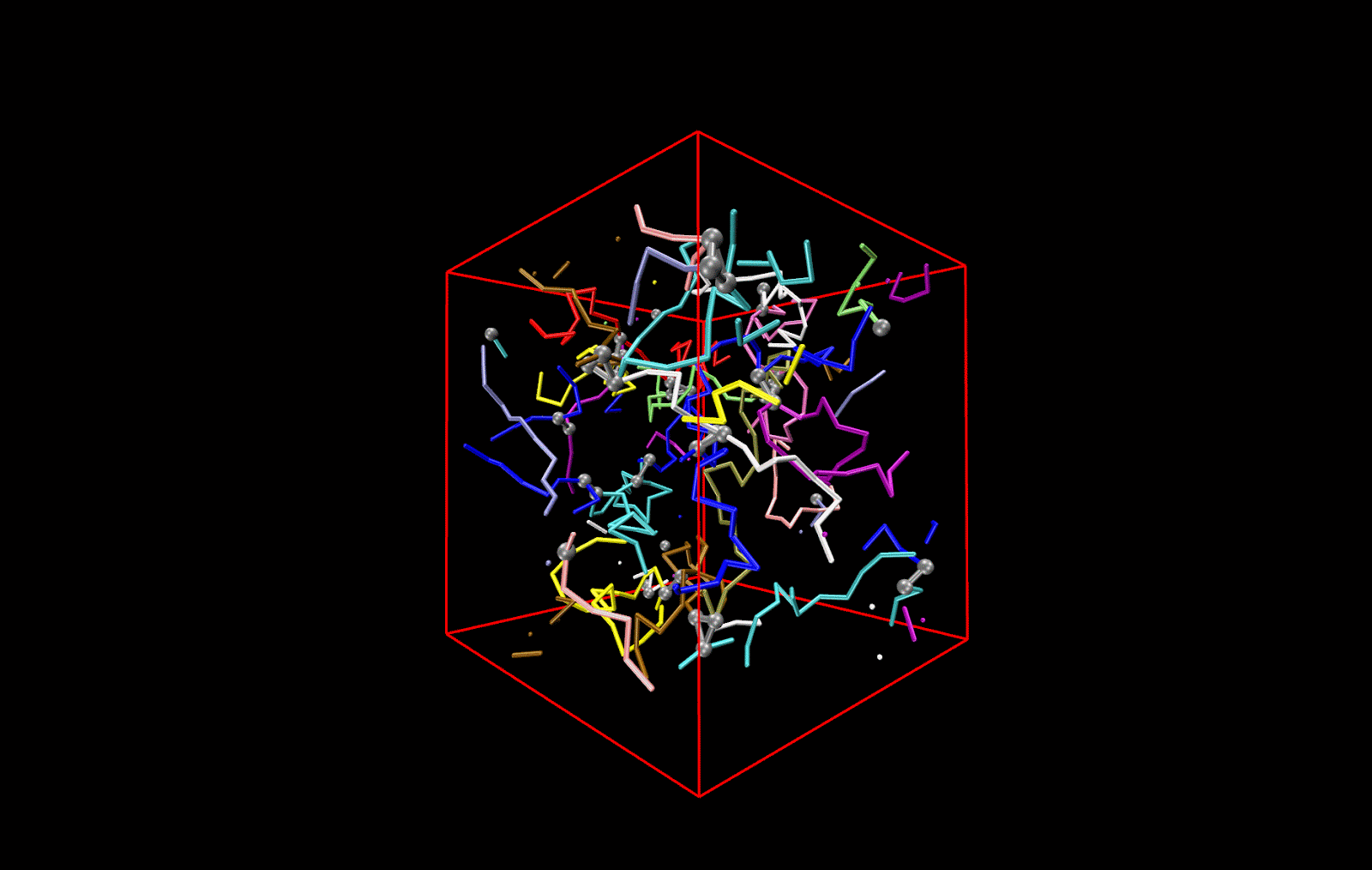
This hypnotic animation is the work Huzaifa Shabbir, upon the research from Dr. Markus Hartmann. Here are the instructions to build your own polymer hologram!
As part of the physics:science@school program of the Faculty of Physics, we held the workshop titled 'Klänge der Materie: interaktives Konzert - Präsentation' at the Gymnasium Maria Regina in Vienna's 19th district. Special thanks are due to Nicolette Doblhoff (science teacher at that school) for the exceptional work she did to make this possible.
Together with Dr. Markus Hartmann and composer Adrián Artacho, the workshop presented the latest research in polymer properties in an entertaining —and musical— way. At first sight, the polymers-music connection may seem unlikely, but it turns out to be a quite interesting one. To begin with, it is the different polymers that musical instruments are made of (wood, plastic, strings... are just a few of them) what conferes the instruments their acoustic properties. Woodwind instruments (clarinet, oboe, recorder... etc.) and all string instruments (violin, cello, guitar) are made of some kind of polymer, or a combination of these with metals.
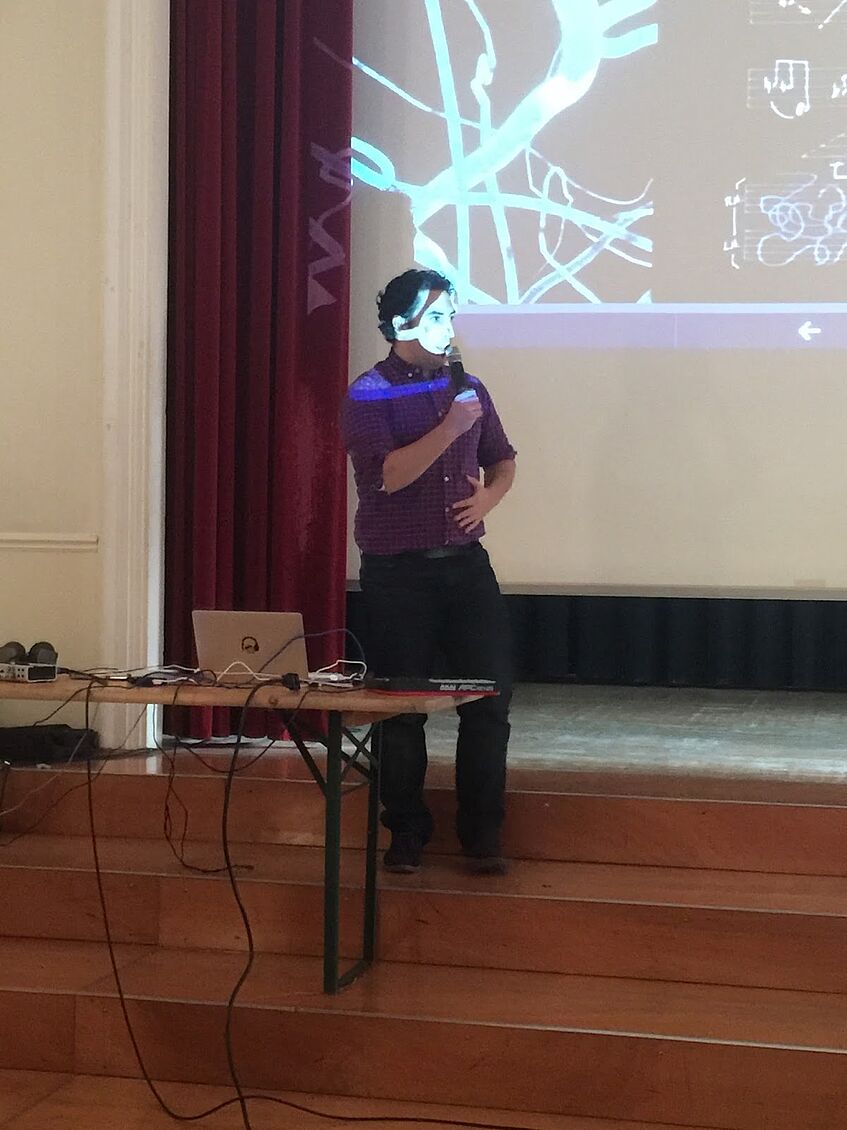
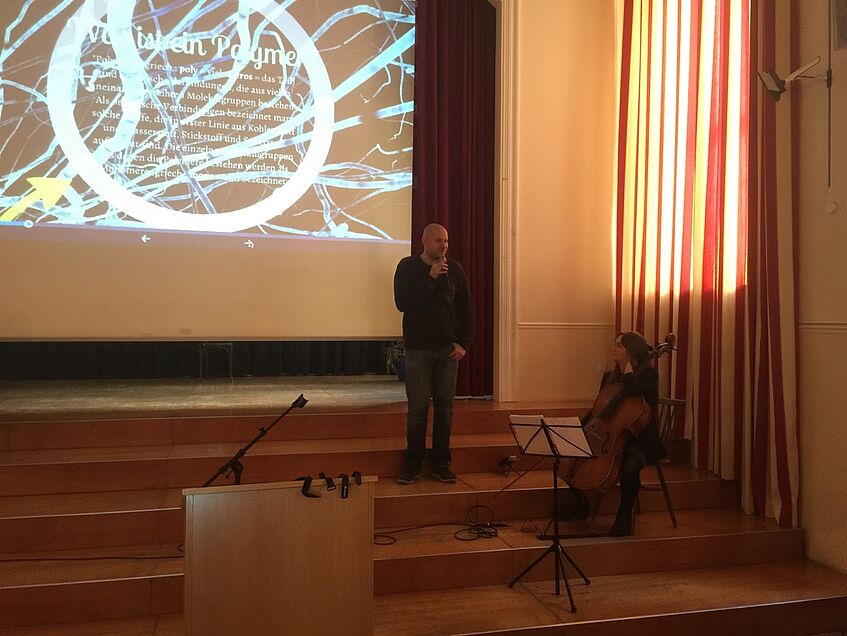
After a brief introduction on what polymers are, and in which ways they are nowadays fundamental in our everyday life, Dr. Hartmann explained how he researches the properties of polymers by studying their crosslinks. To illustrate this point, the cellist accompanied a specially created virtual instrument that featured the smallest possible polymer strings, made up of 13 monomers each. By creating and destroying crosslinks between them, the string would get longer or shorter, analogously to a string instrument wenn the left hand presses somewhere on the fingerboard.

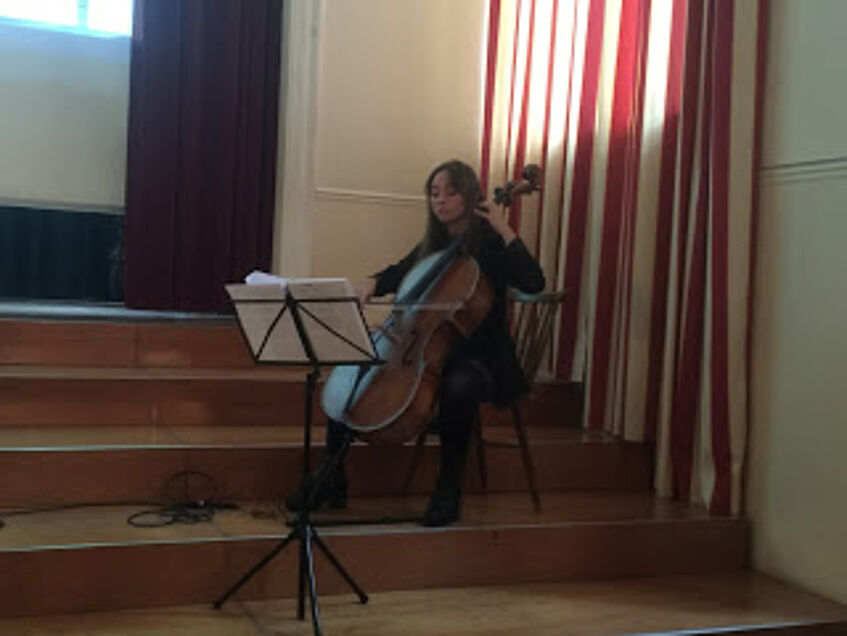
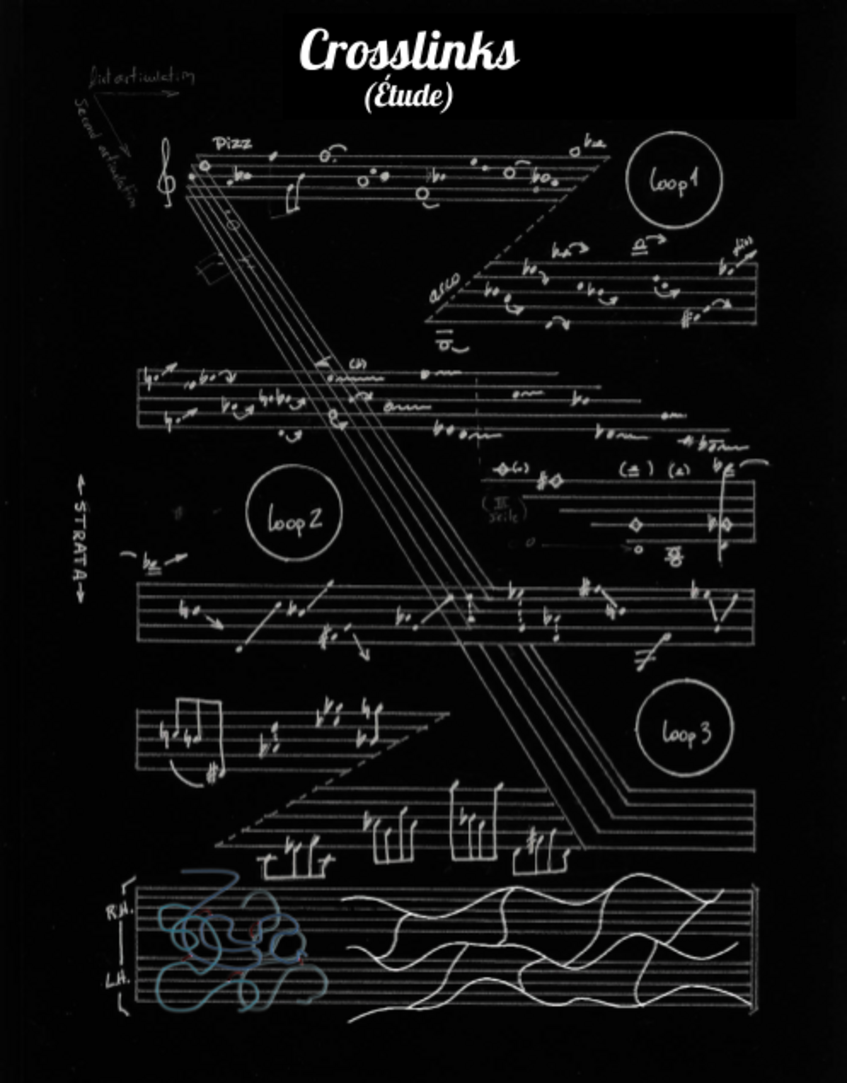
The workshop was punctuated by several music pieces, beginning with the premiere of this 'Crosslinks etude' inspired in the convoluted structure of polymer materials. The piece was performed by the outstanding cellist Anna Maria Niemiec and live electronics (Artacho). Above these lines you can see the full presentation.
At the end of the workshop, the piece «Polymer suite» for cello and live electronics was performed. This piece uses as source material the gen Sax9 from the genome of the fruit fly (drosophila melanogaster), converting each nucleotide (the monomer units that form the DNA) into musical notes, lengths and rhythm. This creates a colourful music that was arguably written by natural selection and encoded in our body's most famous polymer.
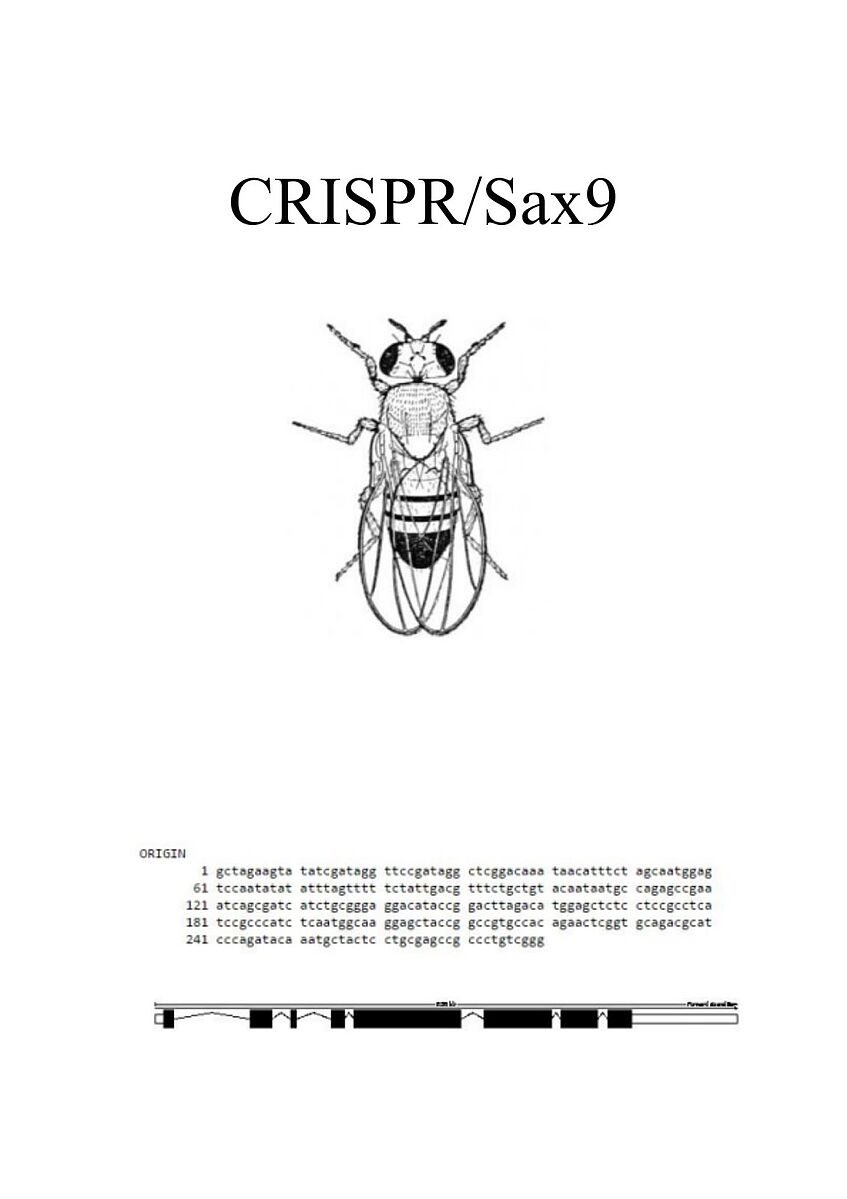
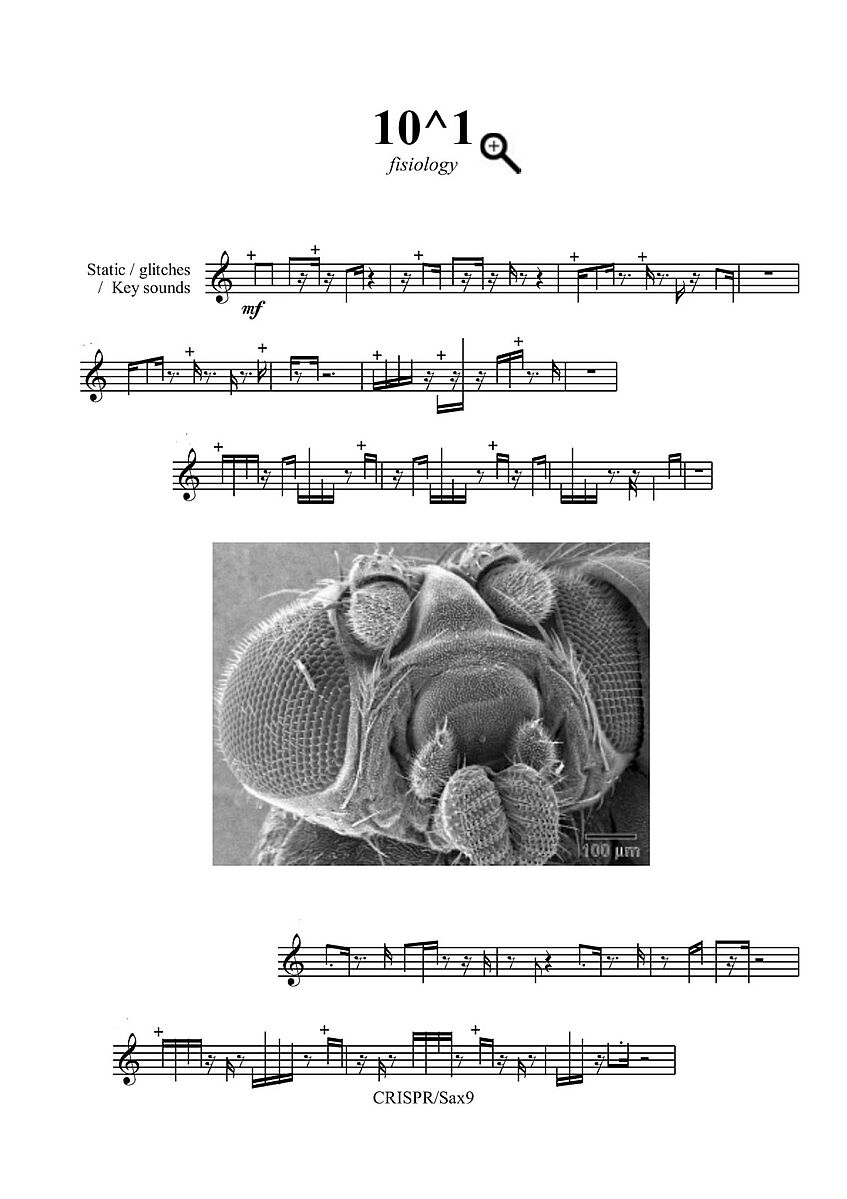
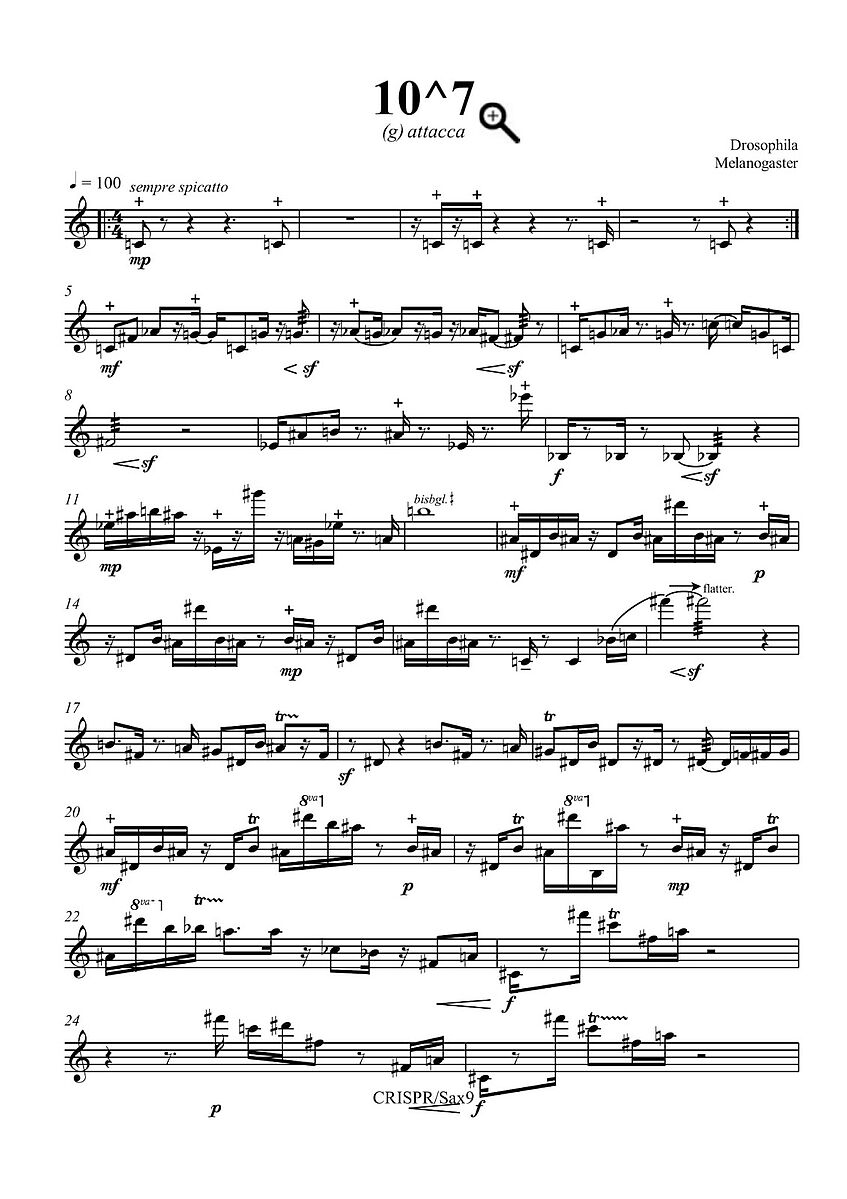
Lots of thanks as well to dramaturg and friend Matthias Heger, who was there to support us technically and who is the author of all the images in this post.
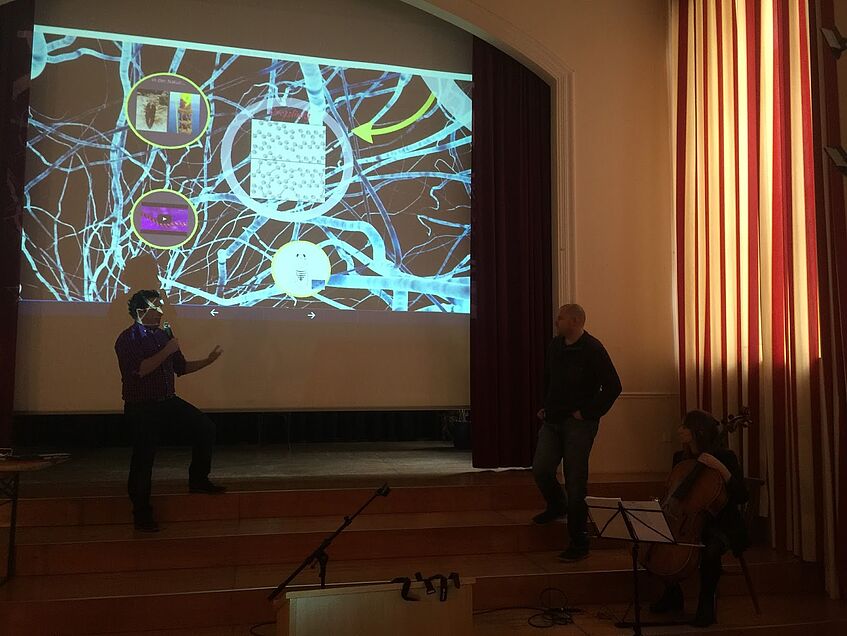
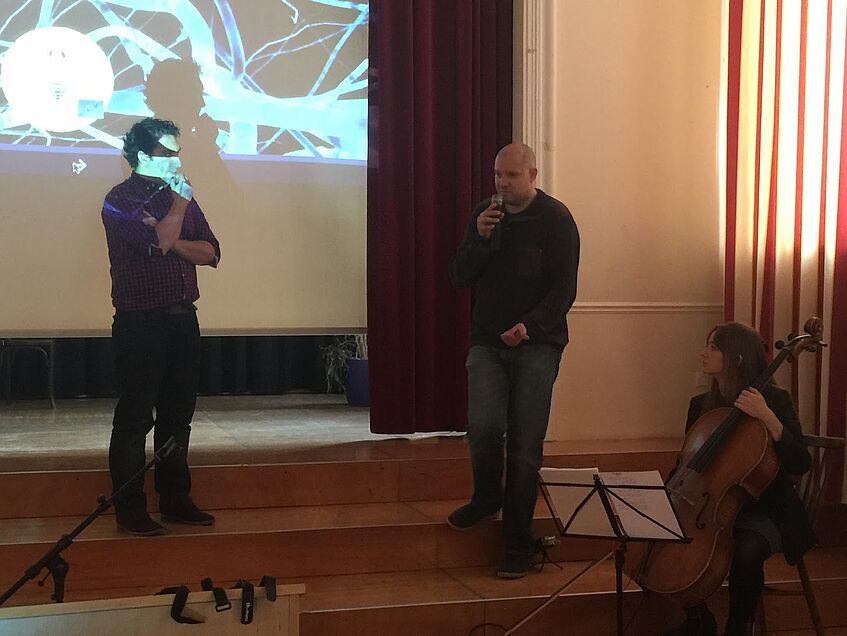
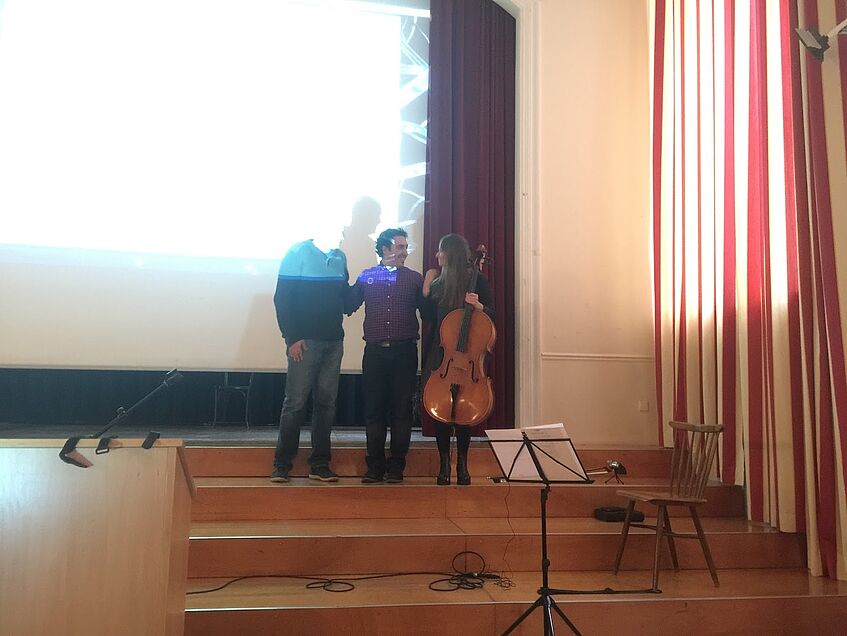
Didactic Materials
Tonlabor: Polymer Strings
DIY Smartphone Hologram
If you want to create your own polymer hologram based on the graphics developed by Markus Hartmann's team, you should follow these instructions by Nitin Vasanth. The only thing you need is a transparent acrylic/plastic sheet (you can use plastic sheets used in packaging) and your smartphone. Enjoy!
If you want to create your own polymer hologram, you should follow these instructions by Nitin Vasanth. The only thing you need is a transparent acrylic/plastic sheet (you can use plastic sheets used in packaging) and your smartphone. Viel Spaß!
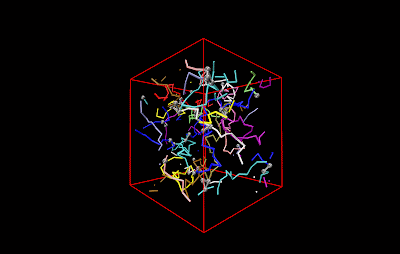 |
| Video 1: download |
 |
| Video 2: download |
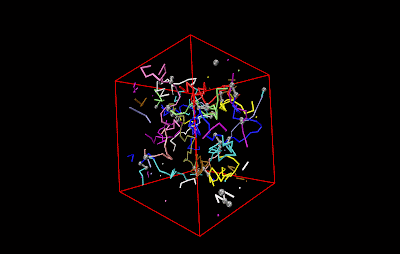 |
| Video 3: download |
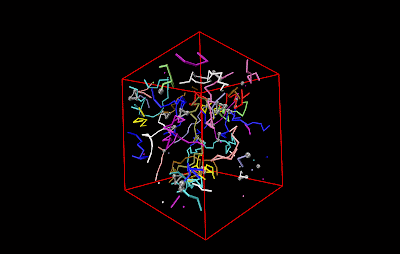 |
| Video 4: download |

